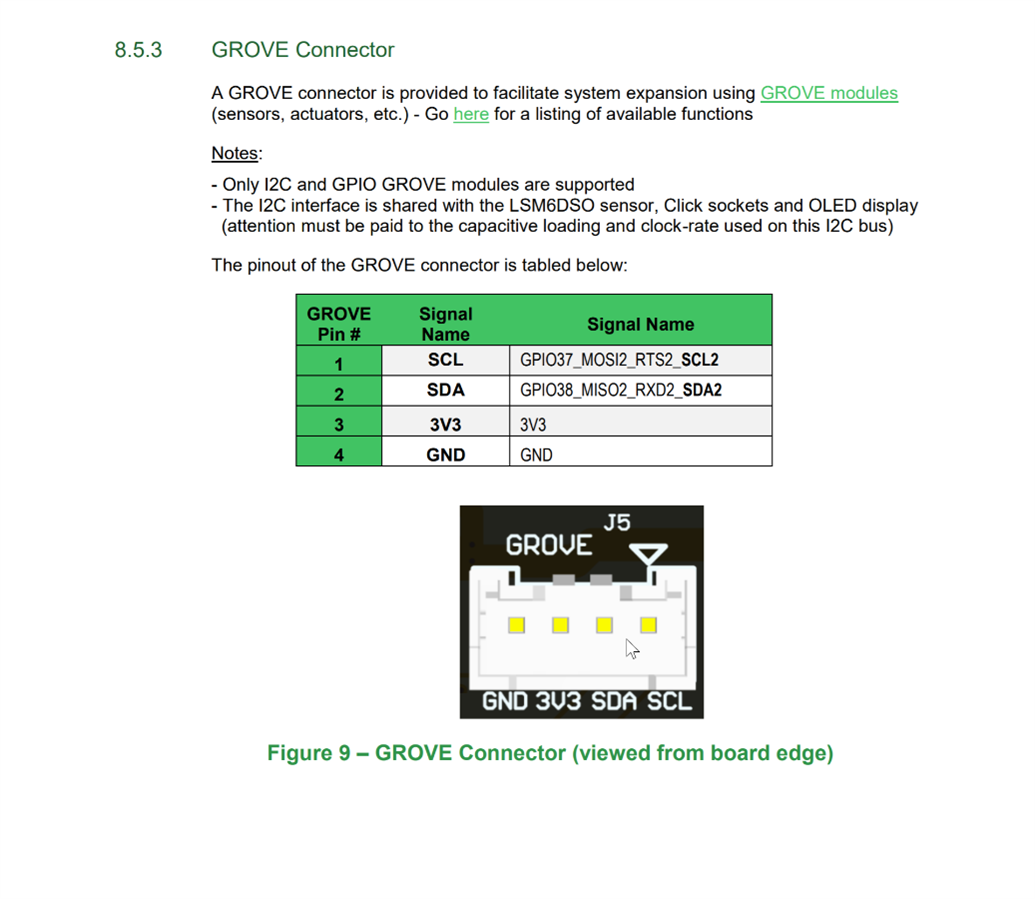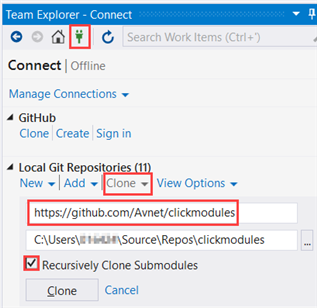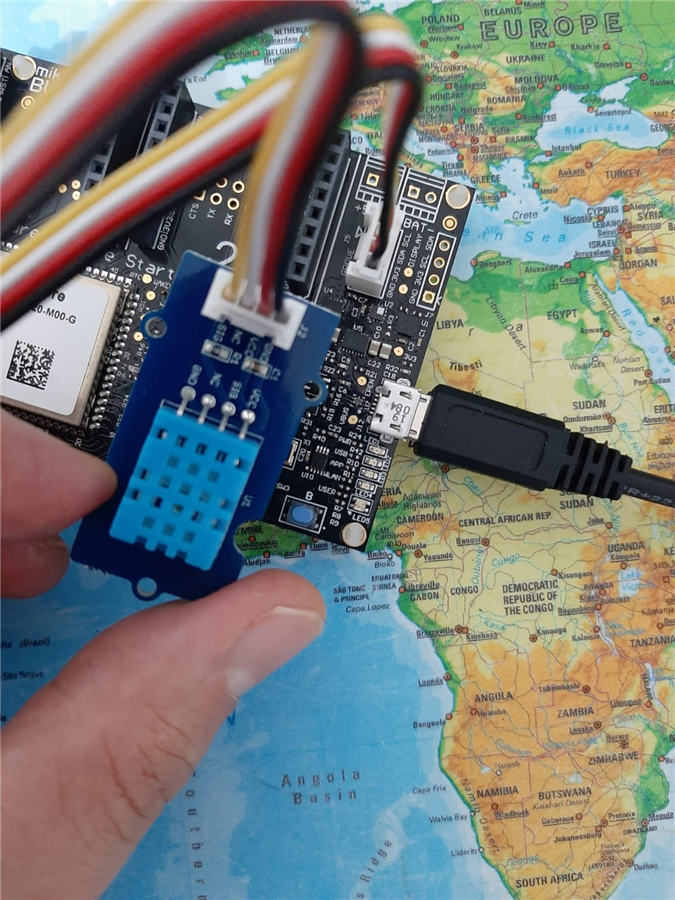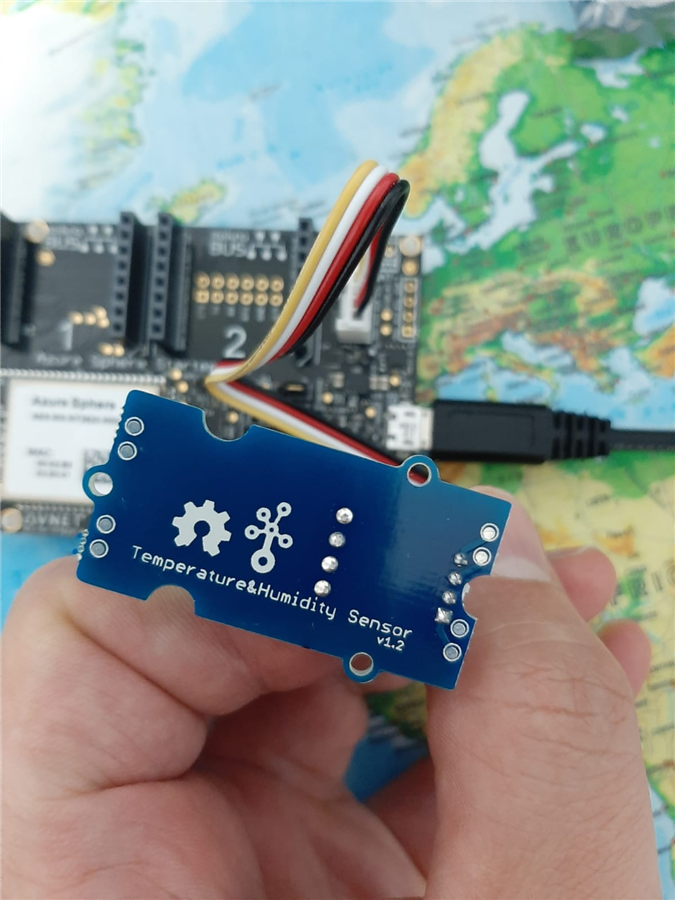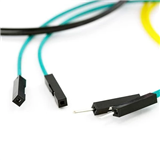Hi all,
do you know if it is possible connect a Grove Temperature and Humidity sensor (DHT11) to AVNET Starter Kit MT3620 and read values ?
Sensor is this one : Grove - Temperature&Humidity Sensor - Seeed Wiki
I can only find tutorial about Grove SHT31 Temperature and Humidity sensor and not DHT11 (that is pretty popular).
I am wondering if the already existing Arduino library for Grove DHT11 sensor can be suitable on MT3620 ... here the link https://github.com/Seeed-Studio/Grove_Temperature_And_Humidity_Sensor
Thanks

